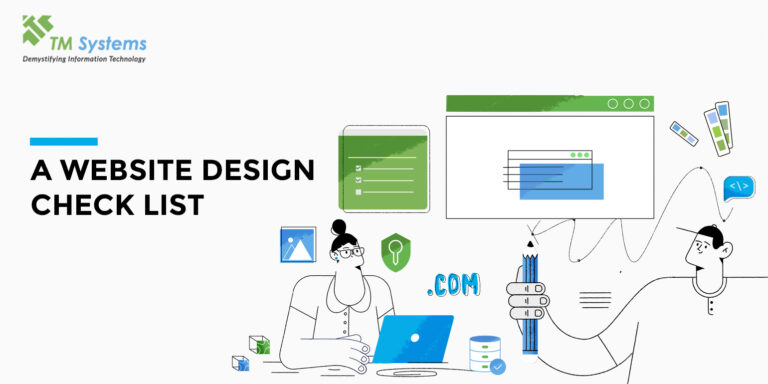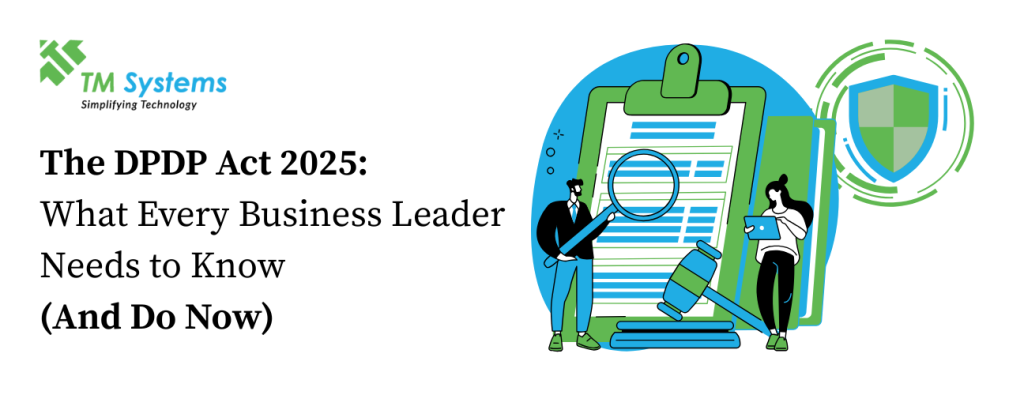
A Website Design Check List

A Website Design Check List
Websites are one of the crucial building blocks in creating your brand. For it to be a turning point for your venture, your website needs to do several things – like, make a lasting impression, facilitate interaction, build business relations, and generate revenue, among others. Since there are so many expectations from a website, the preparation for it should be systematic and well thought out. Here is a checklist for you to use before you jump into designing a website:
Define a purpose
In order to achieve what you want; it is important to know and define what you want out of this website. Sit down with yourself and your team to define the purpose of the website – is it to establish a presence, or build interaction, or generate revenue, or a combination of those? Once you have your purpose written down – all the other decisions fall in line automatically.
How much are you ready to invest?
Websites are crucial tools and require a good amount of your time, effort, and money. Before you think of getting it designed – you should think about the amount of money you are ready to invest and more than that the time and effort it will also require.
Choose domain
You should decide the domain name for your website as soon as possible. Domain names cannot be duplicated so if you know what yours is going to be, get it immediately.
Choose a reliable host server
Knowing the technology behind your website is important as that is the hidden strength resource which keeps it running. Choosing the right host for where your website will reside is a significant step so consultation of an expert IT team to make these decisions is strategic. Overall, the first two steps will make a huge impact on your decision for this one as your purpose and investment capacity affects it the most. Make security a priority.
Create your brand
In case you don’t already have one, this is the right time to design your service or product as a brand. What this essentially means is to decide on what you want to communicate the most about your work and reiterate that in elements like, brand logo, name, colours, and what you have to say about that.
Know your audience
Any well-established brand knows exactly who their customer is and what they like, which is how they create a brand experience for their valued customers. Your website should also do the same – if your work is with young children for example, your website needs to connect to their parents, whereas, if it is for young adults, it needs to connect to them. If your customers are more likely to post on social media, your website should facilitate an easy way to do that, and so on. Knowing your audience prepares you in the best way possible.
Decide your content
Once you have an idea of what you want to communicate (brand) and who you want to communicate it to (audience), the next step is to decide how many pages or sections your website will have and what will be in each of those in terms of what information to include and where.
Decide on an intuitive flow
A natural intuitive flow of content and graphics on a website is truly a mark of great design as it simply nudges the reader along without any harsh interruptions that could lead to loss of interest.
Colours and font are your first impression tools
The previous few steps will give you an idea of what kind of a colour palette and font style will communicate what you want to and make a lasting brand impression.
Keep it simple
While deciding on the few previous steps, it is likely that one overdoes it as there is a lot to say about the passionate work you are doing. However, use this as a thumb rule and revisit those steps – make sure you are not overcomplicating it and that it is simple, easy to use while fulfilling your purpose.
Back to tech: make your website accessible
The last step is to figure out the accessibility of your website – is it mobile-friendly, is it accessible through all kinds of browsers? Many users open websites from their phone and if the website is mobile-friendly it creates an impression that your company is well updated with technology.
Cross-browser functionality of your website is important if you are catering to a wide audience as your website should function well no matter where your user opens it.
Choose your fancy wisely
When it comes to website-designing, the world is our oyster but it is important to know if it suits our diet! If you’re choosing fancy functionalities for your website – for example, plug-ins, chatbots, social media link-ups – only do so after knowing if it falls in line with your service and brand and whether your audience needs it.
As websites are so crucial for building a brand’s image, the whole process of designing it can be overwhelming, especially on your own. TM Systems make this a lot easier by being there every step of the way and advising you according to your needs.




